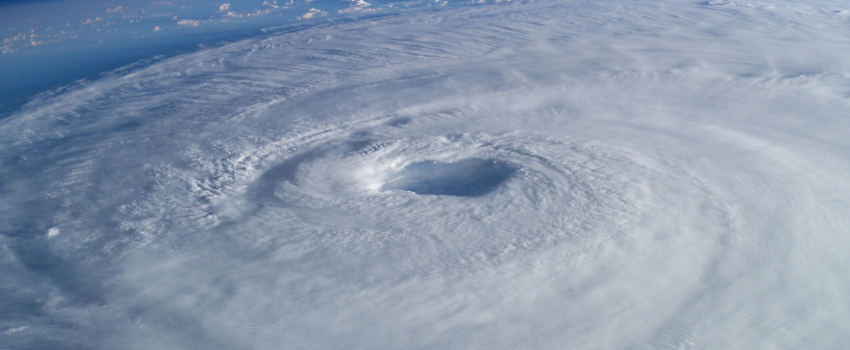Essential Safety Practices for Handling Cylinders After Natural Disasters
As hurricane season intensifies, the Compressed Gas Association (CGA) is issuing vital safety alerts to ensure the safe handling of gas cylinders that may have been exposed to natural disasters. Hurricanes, floods, tornadoes, and other catastrophic events can severely damage gas cylinders and related equipment, potentially compromising their integrity and safe operation. The risks associated with mishandling these cylinders are significant, and it is crucial to follow recommended practices to prevent accidents and injuries.
Key Safety Concerns
Natural disasters can expose cylinders to various hazardous conditions, including:
- Submersion in water (both fresh and saltwater)
- Impact from debris
- Exposure to contaminants such as mud, sewage, oil, or grease
- Physical damage from falling or other impacts
These conditions can lead to compromised cylinder integrity, posing risks such as leaks, contamination, and even catastrophic failure if not properly addressed.
Recommended Safety Practices
- Personal Protective Equipment (PPE) Requirements:
- Basic PPE: Always wear safety glasses, leather protective gloves, and safety shoes with metatarsal and toe protection.
- Additional PPE: Depending on the contamination level, chemical-resistant gloves under leather gloves, and contaminant-resistant clothing may be necessary. Contaminated PPE should be cleaned or discarded appropriately, with frequent hand washing encouraged.
- Initial Handling and Inspection:
- Assume Contamination: Cylinders that have been submerged should be treated as contaminated, regardless of visible signs. This is especially important for cylinders containing oxidizers, which can react violently with hydrocarbons like oil or grease.
- Visual Inspection: Carefully inspect cylinders and valves for contamination and damage, including foreign materials like mud or grass, water lines, and large dents or gouges.
- Separation and Segregation:
- Hazard Class Separation: Cylinders must be segregated according to their hazard class. For example, oxidizing and flammable gases should be kept at least 25 feet apart.
- Labeling and Identification: Use the cylinder label to identify contents and hazards. If the label is missing, the cylinder neck ring can be used to determine the supplier.
- Emergency Response:
- Do Not Handle Damaged Cylinders: Untrained personnel should never attempt to vent or handle damaged or leaking cylinders. These should only be addressed by trained emergency responders with HAZMAT training or the cylinder supplier.
- Supplier Contact: If there is uncertainty about a cylinder’s condition, contact the supplier for further instructions, and ensure others are warned to avoid handling the cylinder.
Documentation and Reporting
- Document Pickup Locations: It is essential to record the locations where cylinders were picked up, particularly from disaster zones. This information is critical for tracking potential exposure and ensuring proper handling and inspection.
Further Resources
Safety alerts are available to all and may be downloaded for free from the CGA portal (no login required):
- CGA SA-30, Safety Alert: Handling Cylinders After Natural Disaster Exposure
- CGA SA-31, Safety Alert: Receiving Cylinders After Natural Disaster Exposure
For more detailed guidelines on the safe handling and storage of compressed gas cylinders, refer to CGA P-1, Standard for Safe Handling of Compressed Gases in Containers.
As natural disasters continue to pose significant risks, adhering to these safety practices is paramount to protecting both personnel and equipment. Proper handling, inspection, and emergency response protocols are essential to ensuring the safe use of gas cylinders that have been exposed to such extreme conditions. Stay vigilant, and prioritize safety during this critical time.


